ORIGINAL ARTICLE
RODRIGUES, Zuleide Blanco [1]
RODRIGUES, Zuleide Blanco. Education: A study based on the UNESCO report on the four pillars of knowledge. Revista Científica Multidisciplinar Núcleo do Conhecimento. Year 06, Ed. 01, Vol. 04, pp. 53-60. January 2021. ISSN: 2448-0959, Access link: https://www.nucleodoconhecimento.com.br/education/four-pillars, DOI: 10.32749/nucleodoconhecimento.com.br/education/four-pillars
SUMMARY
This work takes as reference the work “Education: A Treasure to Discover – Educação: Um Tesouro a Descobrir” by Jacques Delors, prepared for UNESCO, on the four pillars of knowledge: learning to know, to do, to live together and to be, being a bibliographic research. The problem that motivated this work is to show that the profound change of the traditional frameworks of human existence puts us before the new commitment to better understand the other social being and the world around us. The general objective is to sensitize people linked to the educational process to realize that the practice of education today is based on the view that the human person is brought to care for external factors, without the proper instigation of the autonomy of reasoning. The pillars have specific objectives: to lead people throughout life education to walk the path of self-knowledge, to develop personality in an integral way; consolidate team spirit, creativity and respect for differences; to awaken from an early age the awareness that an education based on the four pillars of knowledge will form the leaders of the future. The conclusion that closes the work shows that the current evolution of society, opposite the production machine, is demanding new propositures of the absorption of knowledge, making, coexistence and social dimension in this Age of Knowledge.
Keywords: know, do, coexist, be, modify.
1. INTRODUCTION
Jacques Delors (2001), in important work for UNESCO, states: “The four pillars of education for the 21st century”, which brings the merit of helping people committed to quality pedagogical practice. This author states that expanding knowledge makes it possible to understand the environment in which one lives, encourage curiosity, provoking the conquest of autonomy and using critical sense to understand reality. Continuing Jacques Delors (2001) says that the child is effective to have scientific knowledge by proper procedures, bringing it closer to science. Constructivism, Jean Piaget’s theory about the construction of knowledge, takes into account that children like science for the possibility of understanding the scientific sense of the world and acting on it. Splitter and Sharp (1999, p. 63):
At least in theory, a constructivist approach is seen as preferable to outdated didactics where the teacher and/or book represent “the truth” about science, and where the task of students and learn that truth, regardless of any beliefs and understandings (or confusions), themselves can bring it to science class.
Thus, the authors say that the pedagogical goal that science teachers pursue is to introduce these beliefs and understandings in classes, with the aim of providing students with scientific knowledge that allows them to evaluate the world.
This said, the four pillars of education should guide the actions of educators to develop learning appropriate to the transformations experienced from reality. They also support the holistic formation of the individual, with skills to argue, offer reasoned opinions, against arguing the said with logical reasoning and reaching the final judgment.
Learning to know leads to an understanding of the world around him, openness to the knowledge of one’s own and the other, which keeps him from ignorance. Learning to do leads to practicing absorbed knowledge, which takes you away from immobilism. Learning to live together directs him to teamwork, which keeps him away from isolation. The learning to be that solidifies the pillars and harmonizes them to conform the human being intact.
The four pillars are interdependent and form a single learning. That directs the human person to the construction of knowledge, skills, the ability to discern, act and evaluate in a broad and integral way.
Jacques Delors (2001) suggests as a necessity lifelong learning in a world that aspires to reasoned knowledge, the trainer of men capable of decision-making, where justice, order and positive results prevail. Therefore, to form the man who seeks to understand the essence of phenomena, intact and, that allows everyone a better world to live. This time, the study of the four pillars is a plausible complement for those who commit to quality education.
2. THE FOUR PILLARS OF EDUCATION FOR THE 21st CENTURY
The four pillars of Education for the 21st century that Jacques Delors (2001) refers to UNESCO, in the form of a report, comprises: Learning to Know, Learning to do, Learning to Live and Learning to Be. We present below a brief discussion of each of these pillars.
2.1 LEARNING TO KNOW (LEARNING TO LEARN)
This pillar deals with the understanding of the world we inhabit and of ourselves, of the objective of living worthily, of the need to develop capacities appropriate to the current reality, focused on logical reasoning with autonomy.
Thus, from an early age, it is essential to arouse interest in new discoveries, instrumentalizing knowledge with updated paradigms.
Knowledge evolves rapidly and in various directions, which makes total knowledge almost impossible. The indicated by this pillar of learning to know is to seek the broad general culture and focus on certain subjects of interest, deepening the details to make them great. The general culture makes communication easier, when you already have the knowledge of other languages. With in-depth knowledge in other languages, the individual feels the ease of communication and interaction with others and can remain cooperative in any circumstances.
Learning to learn is composed of the necessary whole of learning to know and requires the constant updating in exercising memory and thinking, in addition to paying attention to things and people. The speed with which information occurs, due to the rapid evolution of technological means, can impair the encounter with the discoveries, because they require more time to reach the knowledge received. This time is paramount in performing daily tasks such as participation in games, continuous updating, travel, practical science tasks and others.
Teachers generally make their lesson plans with content refinements and techniques that they will apply, but forget to think and plan what students will do with or about this content. As Doug Lemov (1967) states: Thinking about and planning student activities is crucial. It helps you see the lesson from their perspective and keep them engaged productively.
Brain experts say that children should be prepared early on to exercise the various types of memory. The exercise of memory, where ideas and images are stored, must be preserved. This does not apply to the exercise of associative memory, which is the brain’s ability to recall by association. For example: the simple memory of the smell of a food, can drive us away or please us in contact with the same dish, later. Memory, as cognitive function, allows both active and transient information (METRING, 2014). This author continues by stating that memory includes abilities to store, recall and recognize cognitive facts and activities, such as: understanding, learning and reasoning.
Thought, an integral part of learning to know, must contemplate situations from concrete to abstract, from inductive to deductive method. In the inductive method, thought goes from induction to completion. In the deductive method, thought goes from general to particular analysis, to completion. In the exercise of thinking one should opt for the method, which best fits the case. Or using both intertwined.
Learning to know must be part of human development throughout its existence, and will become effective learning by being able to produce in people the impulse and foundations of their activities.
2.2 LEARNING TO DO
How to teach learning to do from learning to know is evolutionary and uncertain? If we talk about evolution, teaching to do acquires various conjunctures. Thus, learning is also evolutionary although pedagogical routines continue to have formative value, which cannot be neglected, because it composes their personal competence.
Personal competence makes intelligent knowledge put itself into practice, which is valued in doing so. It is not enough to do, it is necessary to be creative and innovative, to do for its intelligence studied and organized with which the machines become smarter, facilitating the work and gaining in production.
This results in education requirements that go beyond routine work, for technical and professional training, adaptation to collective teamwork, which exercise creativity, initiative, be bold and prone to challenges. For Kamii (2003), the educator when interacting with the child, emphasizes learning to put their own ideas.
Development in the service sector today cannot be resistant to change, although the new, because it copes with the unknown, can destabilize the worker’s floor. The business leader, who assumes personal commitment to work and the worker, can become a transforming agent, developing skills to communicate, work as a team, manage and resolve conflicts, important skills required in the command of a company.
Wage labor has existed since it became practical, the exchange of the labor force for salary. This phase of work is characterized by interpersonal relationship of dependence. This was the so-called Industrial Age. Previously, we experienced the Age of Agriculture, for which interpersonal relationships were almost null, because it was characterized by individualism. The development of services, in this Age of Knowledge, is not even due to dependence, less even by individualism. The demand is for collective work, with the effective social and effective relationship between people.
Increasingly, the reality we live in is in the reach of forming the social professional, linked to scientific culture with access to updated technology, added to the capacities of innovation and creation of the local context.
2.3 LEARNING TO LIVE TOGETHER, LEARN TO LIVE WITH OTHERS
How to participate in the creation of the future? Learning to live together. Living and working with others, presenting propositions, participating in plans and projects, celebrating achievements, in family and at work, this is the direction of fundamental learning. In the educational the same learning applies. Therefore, it is essential to learn to live with others, with respect to dignity, diversity, skills of one and the other and to exclude “Bullying” from social life. Work on projects of common interest, which implies a new attitude towards oneself, the other and reality.
The discovery of the other allows us to know each other better, because it involves acting in the field of attitudes and values. Empathy enters this game, knowing oney it is possible to put one another’s place and learn that peaceful coexistence can be the way to achieve a better future. The deepening of the teaching of religious, ethnic and cultural diversity can be fundamental for this learning, because knowledge is an active instrument in changing behavioral paradigms.
Learning to live together is the mechanism of education for developing people. This education should tend towards common goals, attenuating differences. When working in cooperation in sports activities, cultural activities, presentations of book fairs, professions, the tendency is to establish a coexistence of help, chaining of ideas and joy. Conflicts lose strength and make room for the construction of a cohesive, harmonious and happy group, being a reference for future life.
2.4 LEARNING TO BE
For Kant, at the end of the eighteenth century: Man is the only creature that needs to be educated, and continues Charlot (2000), man is born unfinished, needs to do himself, is fragile, but has plasticity, is not like the irrational animal defined by the species, then it is defining itself throughout its history.
The report submitted to UNESCO warns that education is a continuous, lifelong process, constantly updated and that it is at full quality. Thus, learning to be contributes to the integral formation of the individual, in all sectors of knowledge, namely intelligence, thinking skills and criteria of logical reasoning, argumentation based on culture, diversities and scientific knowledge.
Finally, lifelong learning is not limited to classroom pedagogical teachings, but is based on interaction with the other and with one’s own doing. We know that the child learns a lot from his peers in whatever environments they are, learn a lot from what they see and hear in the world. Both in the classroom and outside it, children acquire the ability to discuss and explore relevant issues in a context of mutual trust and respect. (SPLITTER and SHARP, 1999)
Learning to be must be valued in today’s world by preparing the individual throughout life to develop learning to know, learning to do, learning to live together and learning to be, in the literal sense of the word BEING as a person. Learning should be integral, without neglecting any potentiality of each individual.
3. FINAL CONSIDERATIONS
This work on the four pillars of knowledge for quality education of the 21st century, with emphasis on Jacques Delors’ report, puts us to meet the great challenge for a holistic education, active in the areas of medicine, psychology, ecology, pedagogical training to change our history and achieve new achievements. May we be able to achieve a more just and supportive society and, above all, believe in the transforming power of education.
REFERENCES
CHARLOT, Bernard. Da relação com o saber: elementos para uma teoria. Tradução de Bruno Magne. – Porto Alegre : Artmed, 2000.
DELORS, Jacques e outros. Educação: um tesouro a descobrir – 5 eds. – São Paulo: Cortez: Brasília, DF: MEC: UNESCO, 2001.
DOUG, Lemov. Dados Internacionais de Catalogação na Publicação (CIP), (Câmara Brasileira do Livro, SP. Brasil – Aula nota 10: 49 técnicas para ser um professor campeão de audiência: Tradução de Leda Beck; consultoria e revisão técnica Guiomar Namo de Mello e Paula Louzano – São Paulo: Da Boa Prosa, 2011.
KAMII, Constance. A Teoria de Piaget e a Educação Pré-Escolar – Tradução de José Morgado – 3 ed. Instituto Piaget – Lisboa – 2003.
METRING, Roberte Araújo. Neuropsicologia e aprendizagem: fundamentos necessários para planejamento de ensino. 2 eds. – Rio de Janeiro: Wak Editora, 2014.
PIAGET, jean. O Nascimento da Inteligência na Criança – Tradução de Álvaro Cabral, 4 eds. LTC Editora – Livros Técnicos e Científicos Editora S. A. 1966
SPLITTER, Laurence J. e SHARP, Ann M. Uma Nova Educação: A Comunidade de Investigação na Sala de Aula – Tradução Laura Pinto Rebessi – Editora Nova Alexandria Ltda. 1999.
[1] Master in Education, History, Politics and Society – PUCSP.
Submitted: December, 2020.
Approved: January, 2021.
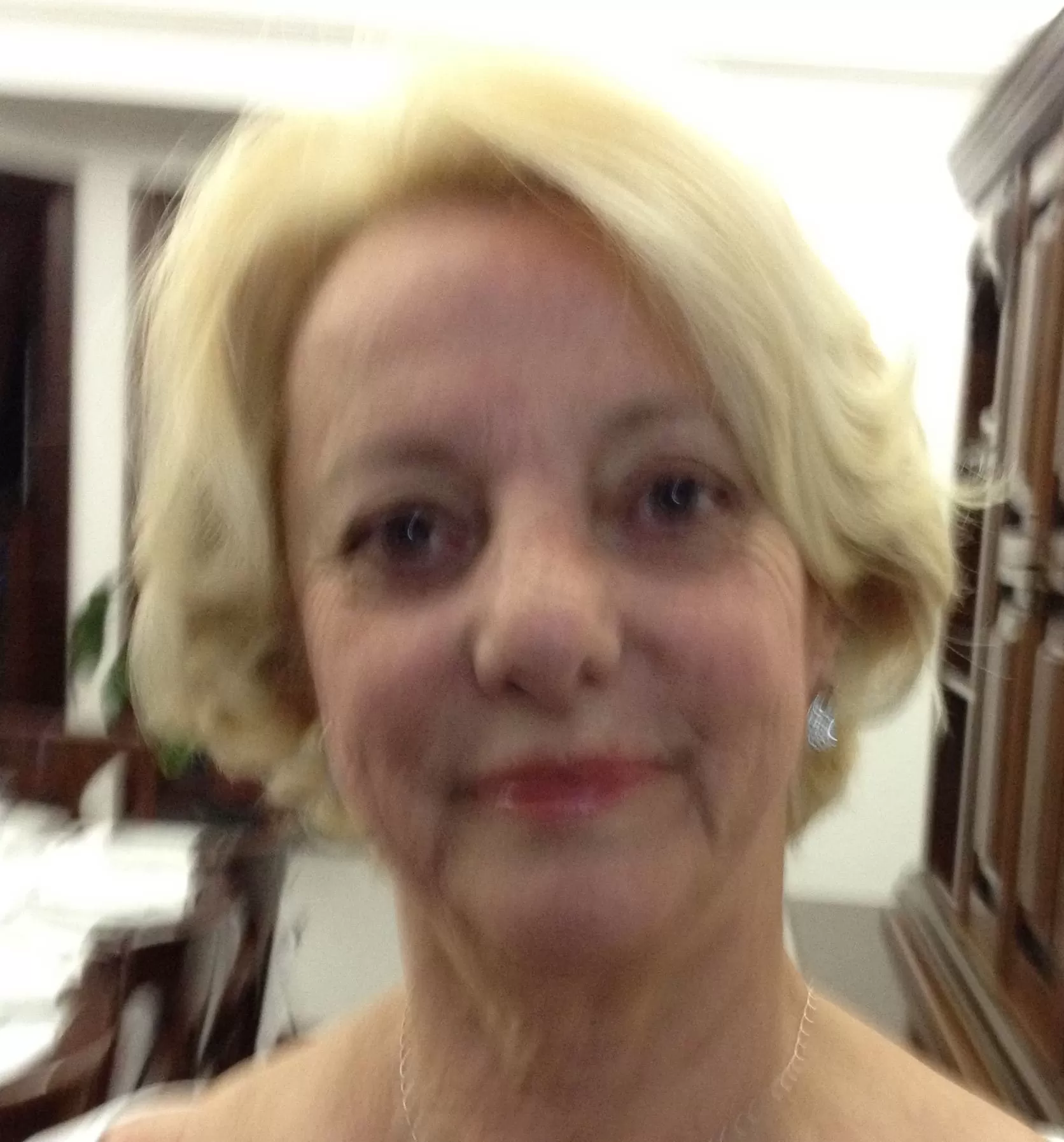
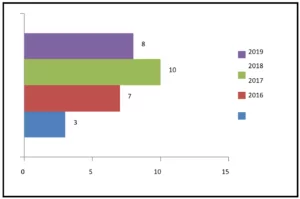
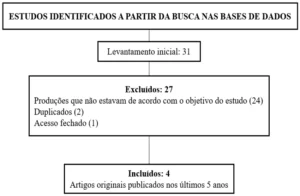
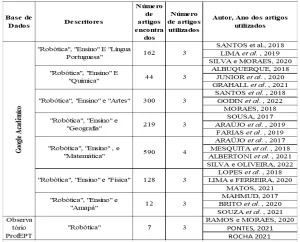
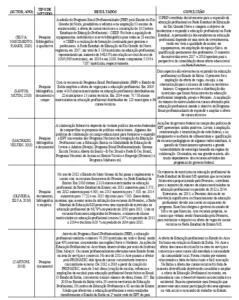
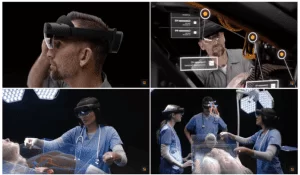
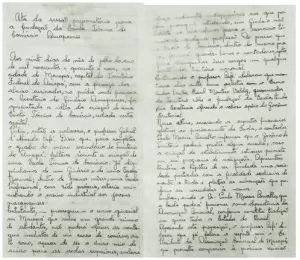



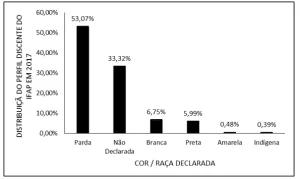
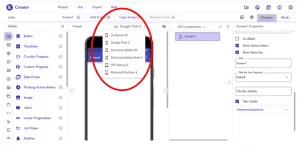
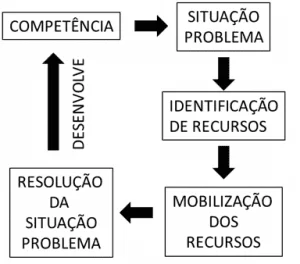
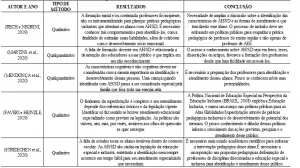
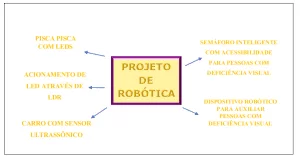
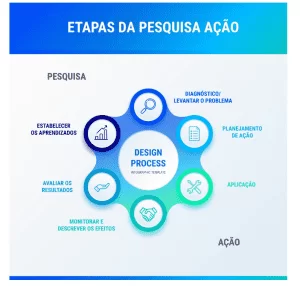
2 Responses
The article is really well meaningful and has relevant to my study
But the References are in French l wish they wouldn’t for to use
This article is really good! Thank you very much for sharing this.